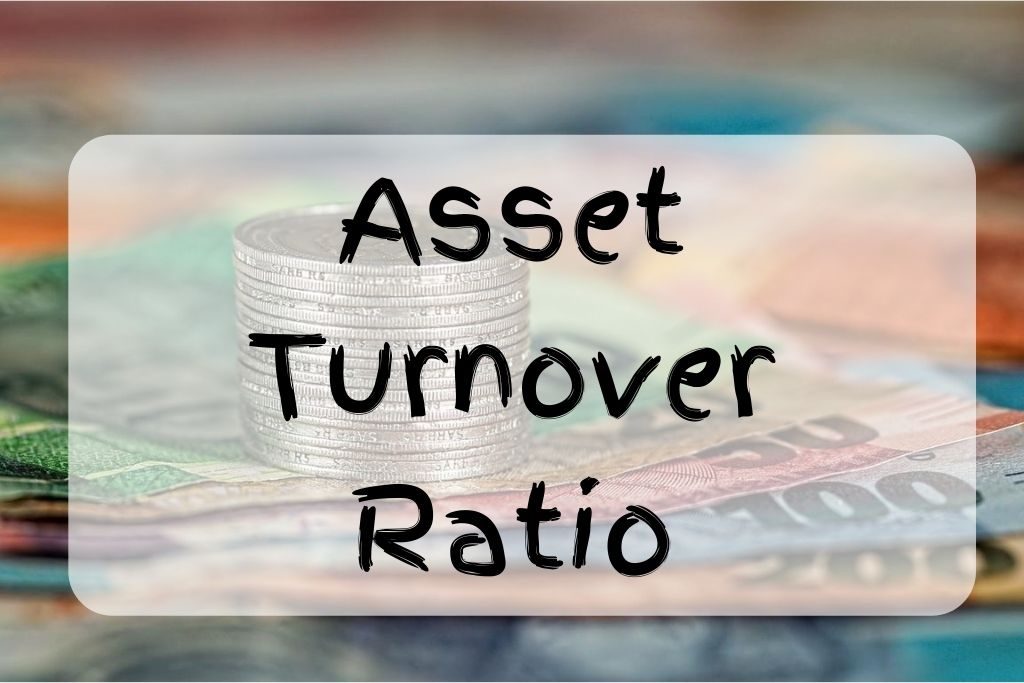
And when we multiply them together, it gives us a return on assets. So those are two other ratios that we learn about. Is going to be equal to the profit margin, times the total asset turnover. Well we're gonna break it up into two ratios. Net income divided by average total assets. So when we first discussed our way, that's how we learned it. Remember that are away? We learned it as net income over average total assets.

So this gives us a little more information of how we derive our our away and how we decompose it. If not you're gonna learn about them here. You might have learned about these already. We learned about profitability and we learn about efficiency with this ratio and we'll see why once we decompose it a little better so we can break up the R. Well we learned about two things with it. Remember our away it measures the income a company gets company earns based on the amount of assets it maintains. So we've learned about the return on assets before now, we're gonna decompose that ratio a little bit and get better information. We now have all the required inputs to calculate ROE using both the 3-step and 5-step DuPont approaches.Alright. Since there is no debt in the capital structure in the “Downside” case, the total assets must equal the average shareholders’ equity for the balance sheet to remain in balance. Next, we’ll move on to the balance sheet assumptions, for which we only require two data points, the “Average Total Assets” and “Average Shareholders’ Equity” accounts.ī/S Base and Upside Case (Step Function): the value of the hard-coded number in blue font is added to the cell on the left.īase and Upside Case (I/S Step Function): Then, from those figures, we’ll use the following step functions – i.e. We’ll also use a step function and use different step values for the other two cases.

Here, we’ll be assessing three different operating scenarios:įor our projections, we’ll use the “Downside” case as our starting point. Suppose we’re tasked with calculating a company’s return on equity (ROE) using the DuPont analysis framework. Operating Scenarios and Balance Sheet Assumptions Operating Margin → The operating profit ( EBIT) retained per dollar of sales after deducting cost of goods sold (COGS) and operating expenses (OpEx).Īll three of these new parts are extensions of the net profit margin calculation.Interest Burden → The extent to which interest expense impacts profits.Tax Burden → The proportion of profits retained post-taxes.To expand further upon the additional parts of this formula: There are two additional components in the 5-step equation as compared to the 3-step equation. Operating Margin = Operating Income ÷ Revenue.

Interest Burden = Pre-Tax Income ÷ Operating Income.Financial Leverage Ratio = Average Total Assets ÷ Average Shareholders’ Equity.Tax Burden = Net Income ÷ Pre-Tax Income.The five components of the 5-step DuPont formula are the following ratios: Enroll Today 5-Step DuPont Analysis Formula Enrollment is open for the May 1 - Jun 25 cohort. Level up your career with the world's most recognized private equity investing program.

The starting point to arrive at these three components is the return on equity (ROE) formula.Īnd Wall Street Prep Private Equity Certificate Program


 0 kommentar(er)
0 kommentar(er)
